';
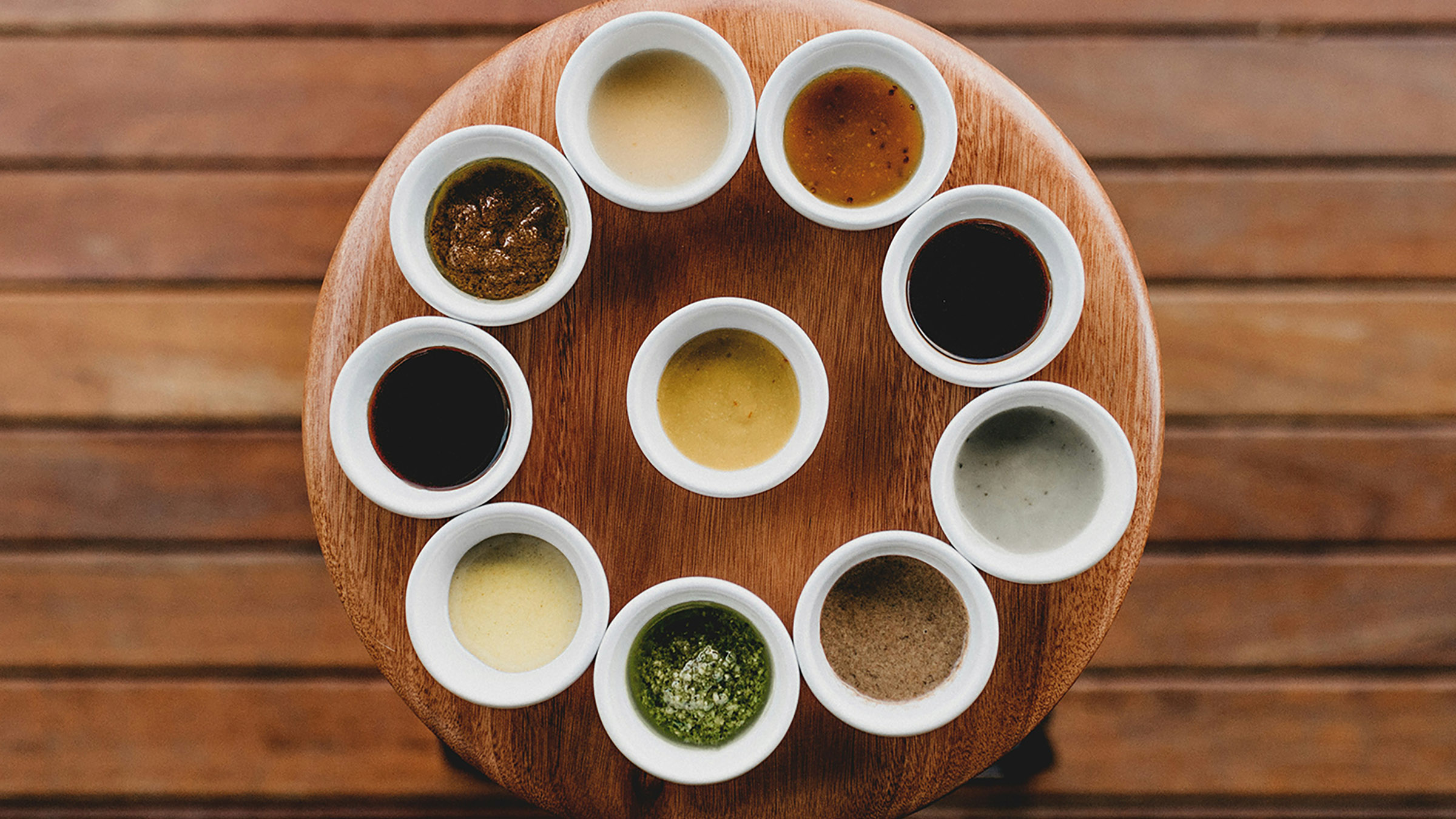

Food
Saucy Secrets: Test Your Knowledge Of Sauces Across The Globe
From a creamy béchamel to a tangy vinaigrette, no dish is complete without its perfect pairing. Take a dip into the wide world of sauces, and see how well you know them
By María Elisa Gómez SosaScroll
Pasta without pomodoro? Tortillas without salsa? Salad without vinaigrette? We all know better. From the ‘mother sauces’ of French cuisine to classic Italian pasta pairings, as well as dressings and dips influenced by cultures across Asia and the Americas, the possibilities for completely transforming a dish are endless. Think you can at least whip up the basics? Let’s get to the source of the sauce.
1. French cooking recognises five ‘mother sauces’ from which almost all other sauces can be made. Which are they?
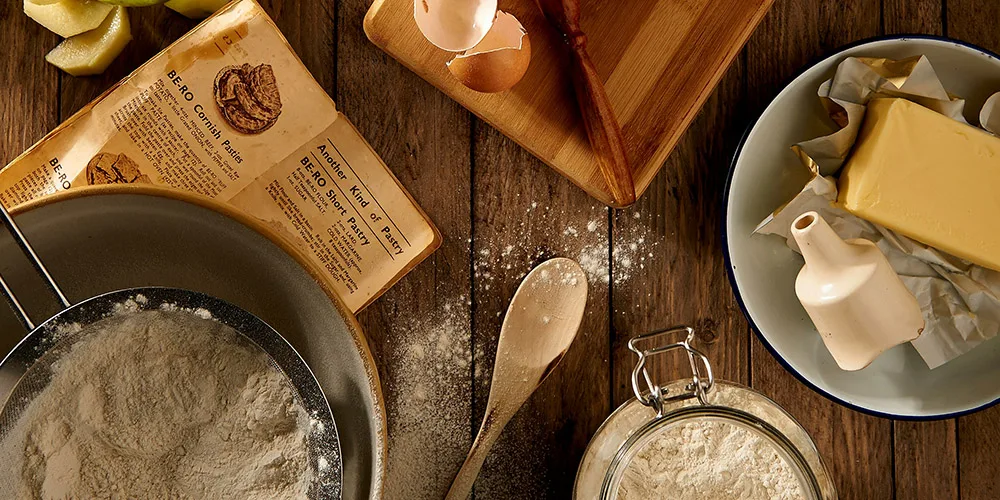
Correct!
Wrong!
-
2. Hollandaise is the base for making Béarnaise and Dijon sauces. What is its key ingredient?
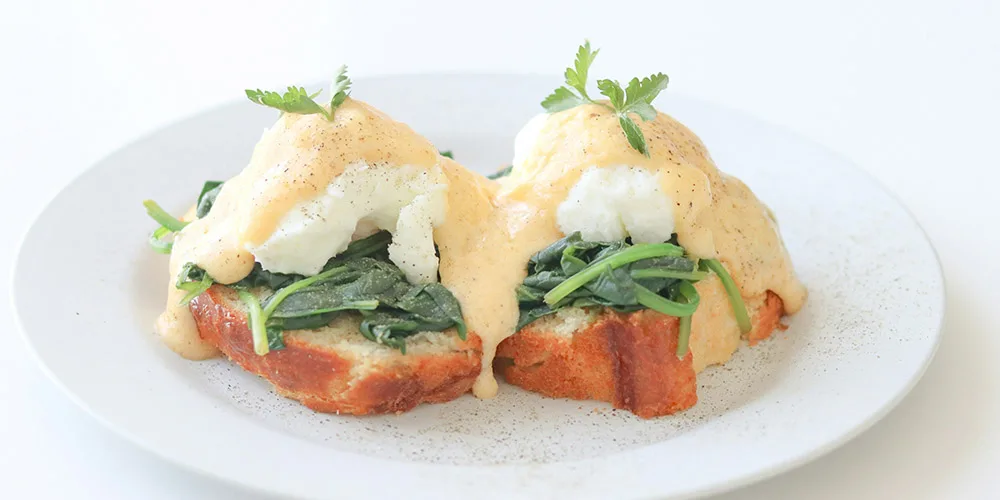
Correct!
Wrong!
-
3. If you want to make a classic béchamel sauce, what ratio of butter and flour to milk do you use?
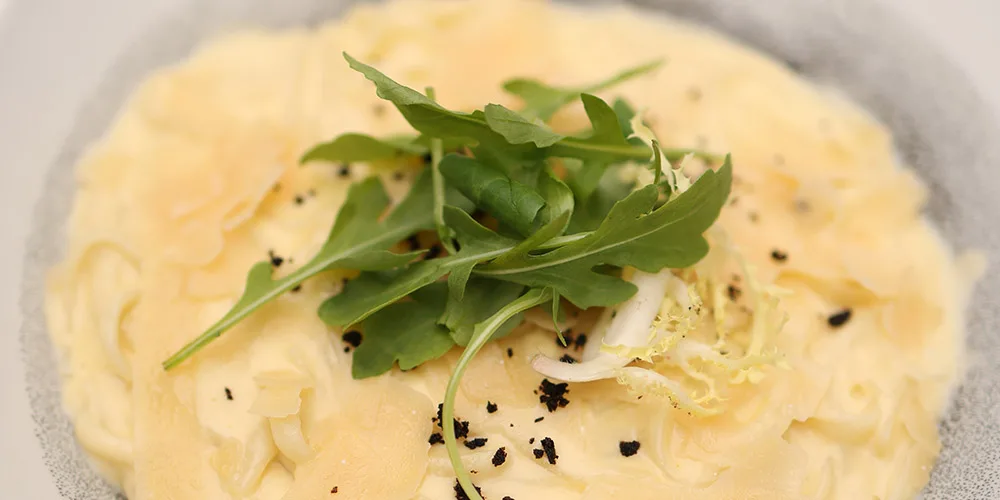
Correct!
Wrong!
-
4. With over 60 common varieties of sauces, from mild and sweet to flaming hot, Mexican chefs know a thing or two about adding some oomph to their food. Assuming your taste buds can handle it, which of the following should you pick to achieve the hottest, spiciest flavour?
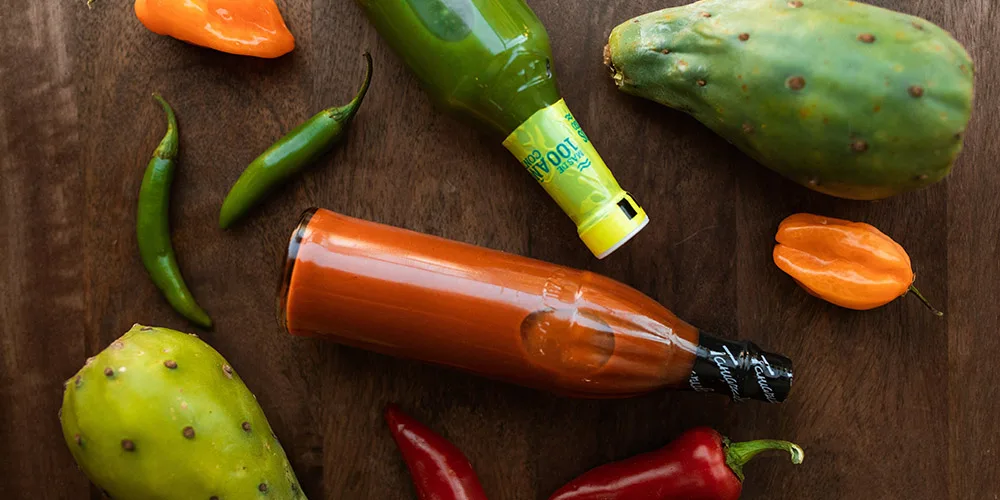
Correct!
Wrong!
-
5. Some sauce recipes call for adding a liquid, like wine or stock, to a pan after cooking or searing certain ingredients, to loosen and dissolve flavourful food bits that are stuck to the bottom of the pan. What is this technique called?
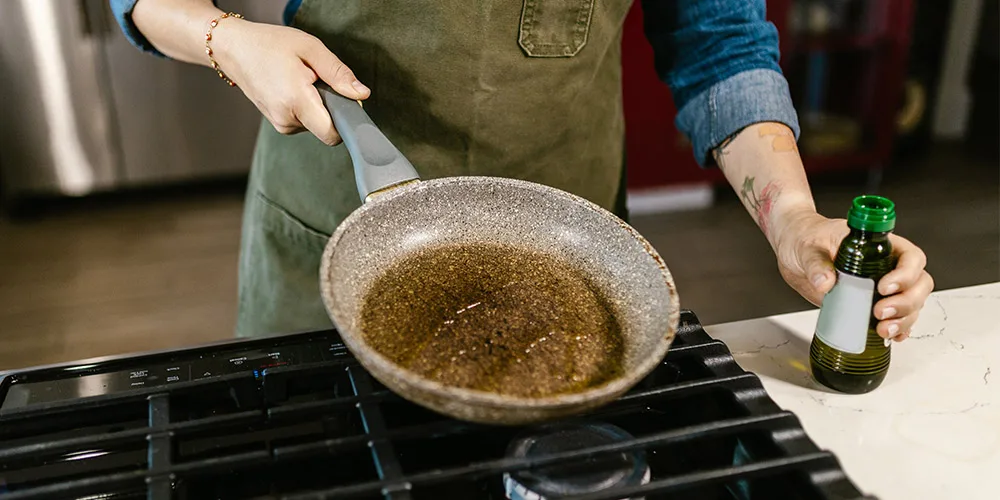
Correct!
Wrong!
-
6. Espagnole sauce is made with beef or veal stock, a dark brown roux, and mirepoix. What is mirepoix?
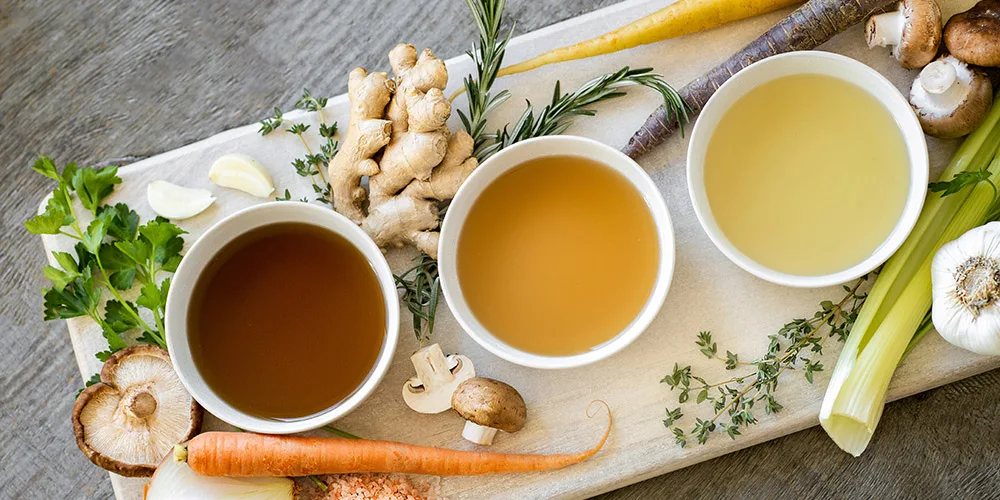
Correct!
Wrong!
-
7. The origin of the famous Argentinian ‘chimichurri’ is unclear: some say it’s derived from the Basque tximitxurri, while others attribute it to Quechua culinary traditions. The most widespread theory, however, is that it’s a variation of which Italian sauce, meaning ‘light brine’?
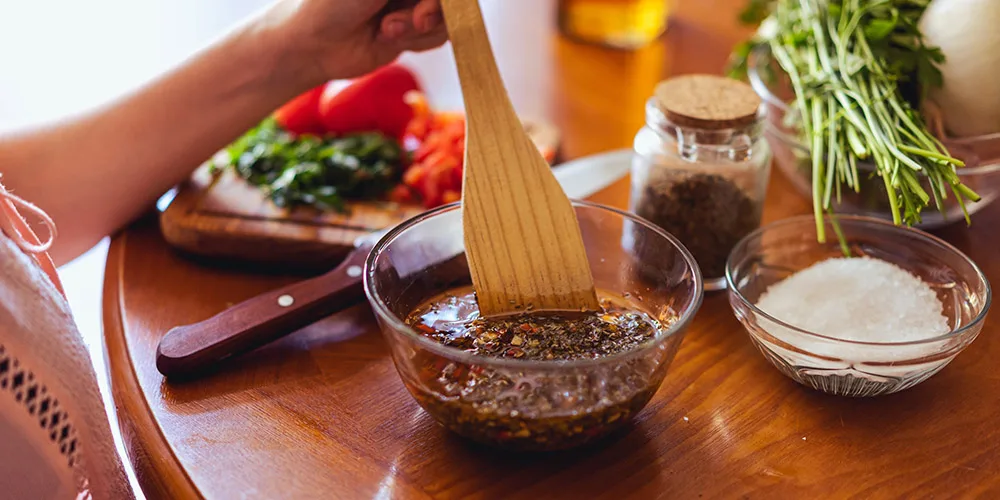
Correct!
Wrong!
-
8. Both tamari and soy sauce come from Asia and are by-products of fermented soybeans, which explains why many people use them interchangeably. However, there’s one main difference between the two, which is that…
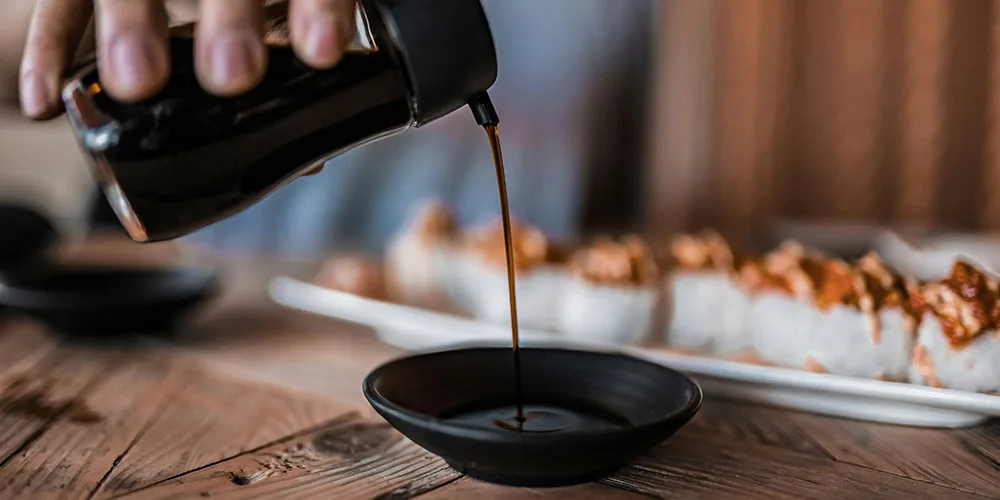
Correct!
Wrong!
-
9. The original Alfredo sauce was created in Rome by chef Alfredo Di Lelio while working in his restaurant, Alfredo’s. What main ingredients does it contain?
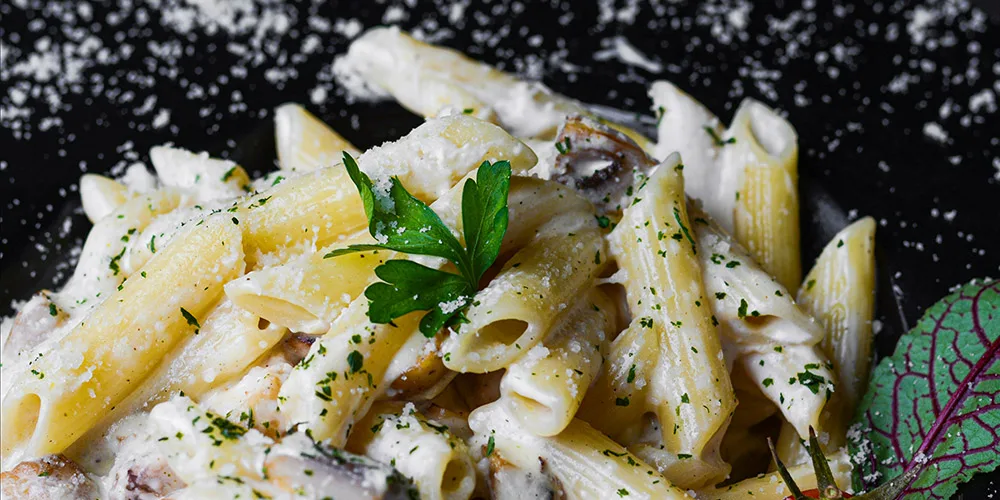
Correct!
Wrong!
-
10. Tzatziki is a creamy and tangy yoghurt-based sauce widely used in Greek and Turkish cuisine. What is its second main ingredient?
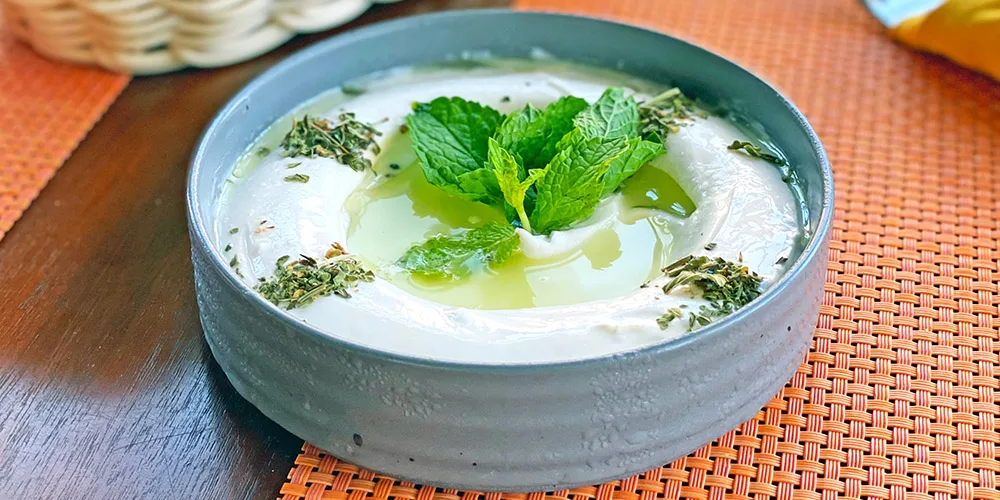
Correct!
Wrong!
-
11. Guasacaca is a version of guacamole that generally uses the same ingredients as the Mexican recipe, but runs them through a blender for a smoother, creamier result. Where would you find it served in local eateries?
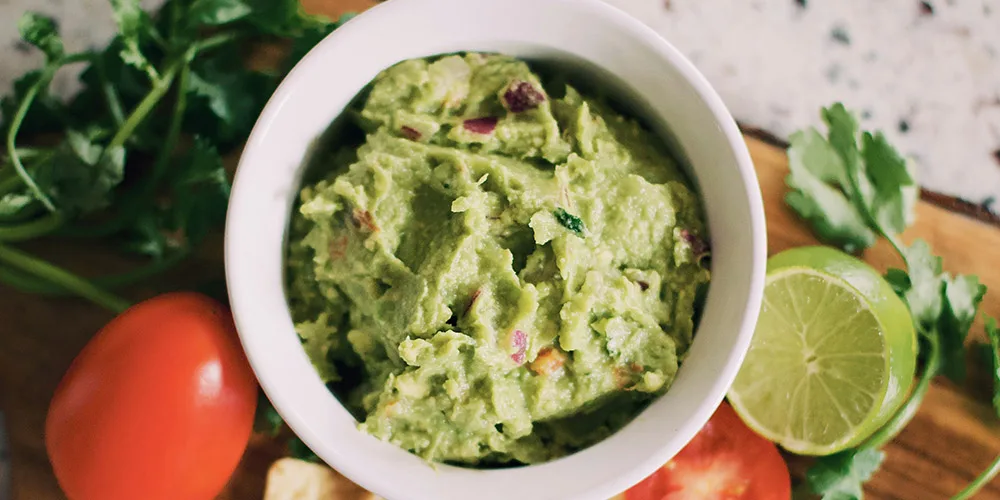
Correct!
Wrong!
-
12. Mix together lemon juice, olive oil, parsley, garlic, cumin, paprika, chilli peppers and salt, and you’ll get this bright green marinade from North Africa. It’s mostly served with fish, but also enjoyed with meat, vegetables or as a salad dressing. What is it called?
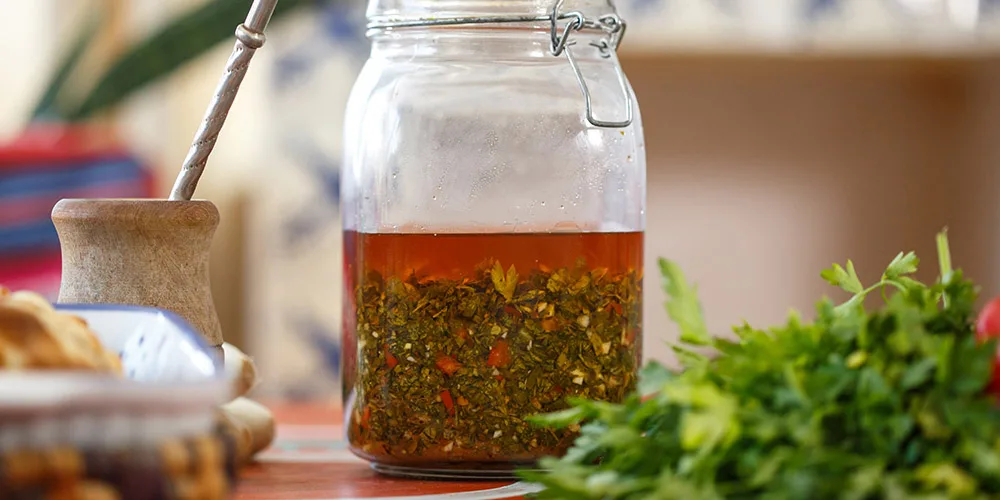
Correct!
Wrong!
-
13. A classic Belgian snack, frites are usually served with andalouse sauce, which is their own, more elaborate version of…
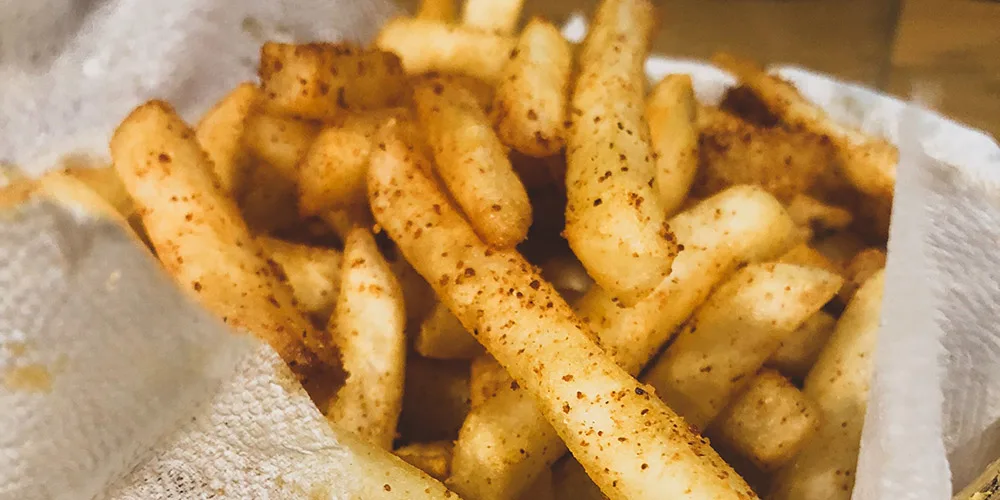
Correct!
Wrong!
-
14. In Chinese cuisine, sweet and sour sauce is the go-to accompaniment for pork, rice or noodles. It’s often made with rice vinegar, sugar, soy sauce and the juice of which fruit?
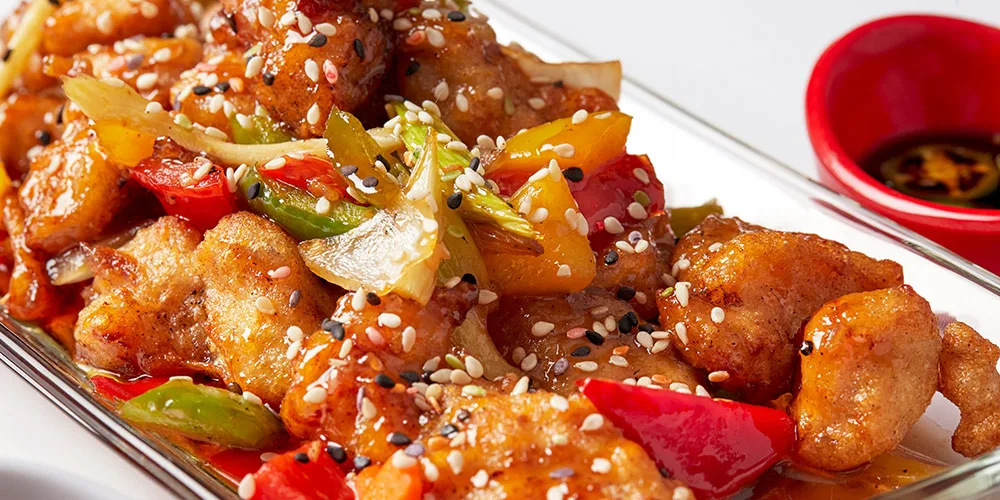
Correct!
Wrong!
-
15. Named after Bellini’s opera ‘Norma’, sauce ‘alla Norma’ is a classic Sicilian pasta pairing. What two main ingredients are mixed in with basil, garlic and cheese for a true Sicilian flavour?
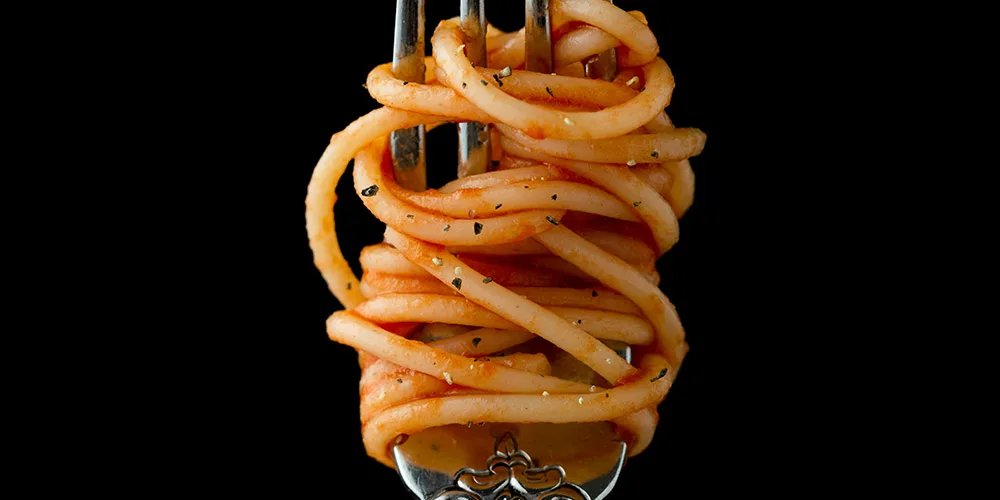
Correct!
Wrong!
-
BONUS: Among the most popular hot sauces around the world, Tabasco sauce was invented in 1868 by Edmund McIlhenny, who planted tabasco pepper seeds on Avery Island, Louisiana. What did he use to distribute the sauce in the early years of the company?
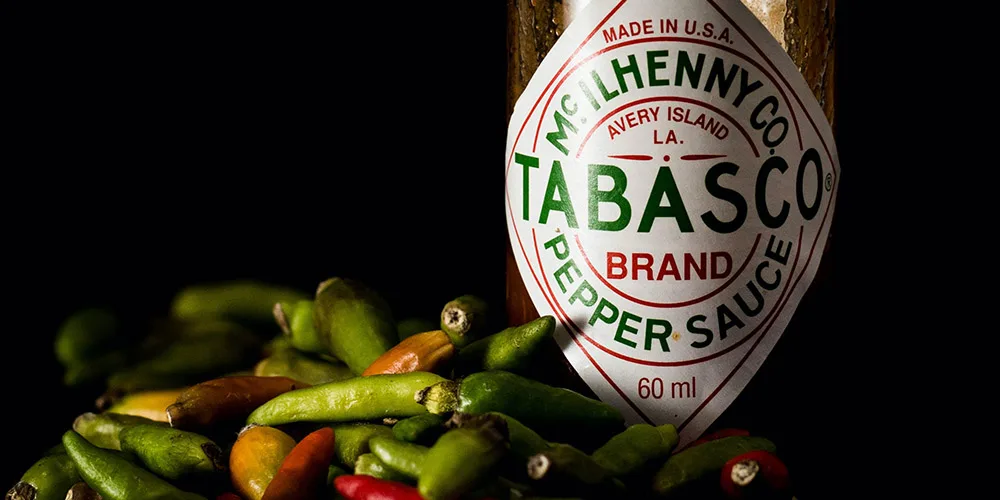
Correct!
Wrong!
-













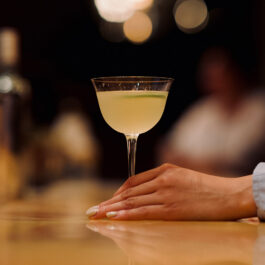
Sorry, the comment form is closed at this time.